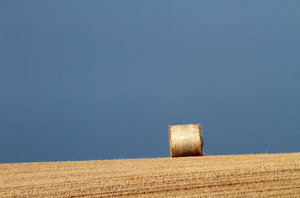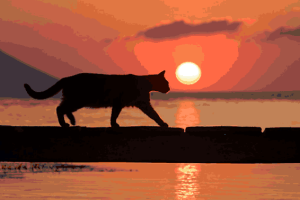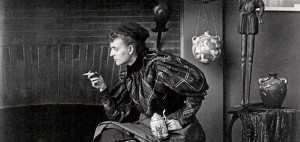
Polaroid has been an iconic brand in America for over 75 years; however, the company has been through a lot in the past decade, filing for bankruptcy in 2001, and again in 2008. It is clear that Polaroid has been changing ownership, struggling with identity, and losing relevance in the digital age.
In the press release for a new partnership between Polaroid and Sakar it was said that, “People can expect to see new Polaroid products that will deliver the fun, instant gratification, and value that the brand has long stood.”
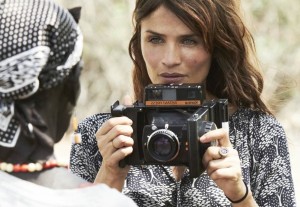
Model/Photographer Helena Christensen is a Polaroid advocate.
Former CEO of Polaroid Gary DiCamillo stated in an interview, “It’s amazing, but kids today don’t want hard copy anymore. This was the major mistake we all made.”
The truth is, many people still desire a hard copy of their photographs. Even internationally acclaimed photographer Helena Christensen said, “I still love taking pictures with Polaroid film. For me, it offers the most beautiful way of capturing reality and transferring it onto a flat piece of paper.”
Maybe Polaroid will be able to prove DiCamillo wrong with their new product, The Socialmatic.
The Socialmatic was designed by Antonio De Rosa. He originally imagined it as a real-life Instagram camera. Rosa failed to raise the funds for production himself via Indiegogo, so he turned to Polaroid. After some changes to the original concept, Polaroid decided to bring the Socialmatic to the market.

Will the Socialmatic keep Polaroid relevant?
Soon, Polaroid will return to its roots by debuting this new camera. The Socialmatic has all the allure of vintage Polaroid instant film cameras with the convenience of any smartphone.
The Socialmatic is Android™-based with a 4.5” touchscreen LCD display, a 14 megapixel front lens, a 2 megapixel rear camera, 4GB of internal storage, a Micro SD slot and built in WiFi. But that’s not all. The camera prints the instant 2″x3″ photo on ink-free paper with Zero Ink® Printing technology. ZINK® makes for smudge-proof, waterproof, and tearproof photos. The Socialmatic will be available for $299.
The Socialmatic is a promising product for Polaroid. It has potential to make the products relevant again, while bringing back Polaroid’s original notion of instant-gratification. Hopefully, this camera will be enough to resurrect Polaroid.
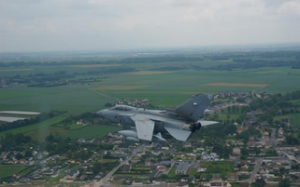 forces made landfall, a II (AC) Squadron Mustang took to the sky above, bringing back some of the first images of the landings.” With the goal of mimicking the mission, two Tornado GR4s were sent up but with more sophisticated imaging equipment. The result turns a widely published aerial photograph of the beaches into a detailed view including high definition resolution allowing the viewer to see the finest details, including a tractor with an empty boat trailer.
forces made landfall, a II (AC) Squadron Mustang took to the sky above, bringing back some of the first images of the landings.” With the goal of mimicking the mission, two Tornado GR4s were sent up but with more sophisticated imaging equipment. The result turns a widely published aerial photograph of the beaches into a detailed view including high definition resolution allowing the viewer to see the finest details, including a tractor with an empty boat trailer.